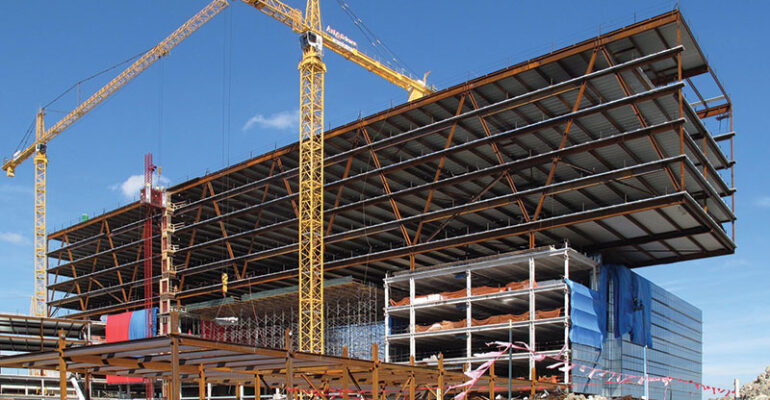Importance of Structural Safety
November 10, 2023 2023-11-10 7:16Importance of Structural Safety
Importance of Structural Safety
Structural safety is the ability of a structure to withstand all loads and forces that it may encounter during its lifetime without failure. It is essential for the safety of people and property, and for the continued use and enjoyment of our built environment.
Structural safety is important for a number of reasons, including:
- Public safety: Structural failure can have devastating consequences, leading to loss of life and injury. Structural safety is essential for protecting the public from these risks.
- Economic resilience: Structural failures can also cause significant economic damage, disrupting businesses and communities. Structural safety is important for building resilience to these economic shocks.
- Environmental protection: Structural failures can also release hazardous materials into the environment. Structural safety is important for protecting the environment from these risks.
Structural safety is achieved through a combination of factors, including:
- Sound design: Structures must be designed to withstand all anticipated loads and forces, including dead loads (the weight of the structure itself), live loads (the weight of occupants and furnishings), and environmental loads (wind, snow, earthquakes, etc.).
- Quality construction: Structures must be built using high-quality materials and construction methods.
- Regular maintenance and inspection: Structures must be regularly inspected and maintained to identify and address any potential problems before they lead to failure.
Structural safety is a shared responsibility of all stakeholders in the built environment, including:
- Designers: Designers are responsible for ensuring that structures are designed to be safe.
- Constructors: Constructors are responsible for ensuring that structures are built according to the design.
- Owners: Owners are responsible for ensuring that structures are properly maintained and inspected.
- Regulators: Regulators are responsible for establishing and enforcing building codes and other safety standards.
By working together, we can ensure that our built environment is safe for everyone.
Here are some specific examples of the importance of structural safety:
- Buildings: Structural safety is essential for buildings to remain safe and habitable for their occupants. If a building’s structure fails, it can collapse, killing or injuring people inside. Structural safety is also important for protecting buildings from damage caused by natural disasters such as earthquakes and hurricanes.
- Bridges: Bridges are critical infrastructure that connects communities and businesses. Structural safety is essential for bridges to remain safe and reliable for users. If a bridge’s structure fails, it can collapse, causing fatalities and economic disruption.
- Dams: Dams hold back large volumes of water, and their failure can have catastrophic consequences. Structural safety is essential for dams to remain safe and reliable. If a dam’s structure fails, it can release a flood of water that can inundate entire communities, causing widespread damage and loss of life.
Overall, structural safety is essential for protecting people and property from the risks of structural failure. By working together to ensure that structures are designed, constructed, maintained, and inspected properly, we can create a safer built environment for everyone.









